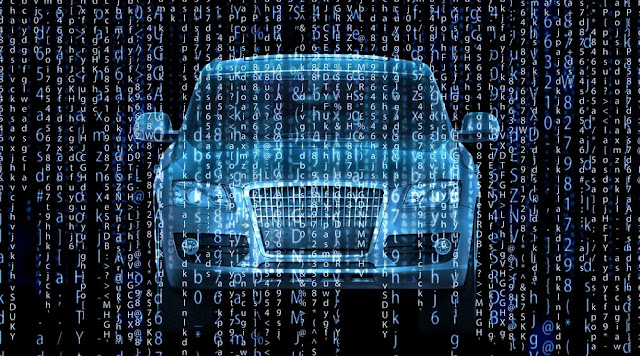Python has emerged as one of the leading programming languages for data analysis, machine learning, and artificial intelligence applications. Its ease of use and the availability of the Scikit Learn library for various data-related tasks make it an attractive choice for both beginners and experienced developers. In recent years, the adoption of deep learning techniques, particularly involving artificial neural networks, has surged, reflecting the growing significance of AI across various sectors.
As the relevance of artificial intelligence expands, particularly in industries reliant on automation and large-scale data processing, the automotive sector stands out as a critical area of application. From virtual development and testing to smart manufacturing, AI and machine learning enhance efficiency and drive innovation. Below are five compelling reasons why Python is essential in the automotive industry.
Reason 1 – Flexibility and Community Support
Python is renowned for its flexibility and simplicity. Its syntax is accessible even to those without a formal background in computer science, allowing engineers and professionals from various disciplines to leverage it effectively. The language enables users to address complex problems with ease and speed, which is particularly beneficial for automotive engineers who may not specialize in programming.
The supportive Python community plays a pivotal role as well. A vast network of users is available to offer help, share code, and provide valuable resources. This collaborative environment fosters growth and encourages the sharing of knowledge, making it easier for newcomers and seasoned developers alike to find solutions to their programming challenges.
Reason 2 – Extensive Libraries
Another significant advantage of Python is its extensive range of libraries, developed by the community to address a variety of specialized tasks. For automotive applications, libraries such as TensorFlow and Keras are essential for constructing and optimizing machine learning models. PyTorch serves as a robust framework for machine learning, while libraries like Pandas facilitate data manipulation and analysis. Additionally, Matplotlib allows for the creation of both static and interactive visualizations, assisting engineers in understanding complex datasets.
These libraries make it possible for automotive professionals to apply cutting-edge techniques in climate modeling, predictive maintenance, and vehicle performance analysis, thereby enhancing innovation in the industry.
Reason 3 – Numerical and Data Analysis Capabilities
Python’s prowess in numerical analysis is particularly beneficial in the field of automotive engineering. Solving linear equations and differential equations (ODE/PDE) analytically can be cumbersome and time-consuming. Python algorithms can automate and expedite these processes, allowing engineers to concentrate on design and optimization rather than the minutia of calculations.
The applicability of numerical analysis extends to various critical actions within automotive engineering, including manufacturing, energy systems, and production planning. By leveraging numerical analysis through Python, engineers can improve decision-making processes and optimize designs more effectively.
Reason 4 – Thermodynamics and Efficiency Enhancement
Thermodynamics remains a cornerstone of automotive engineering, impacting everything from automotive design to energy efficiency. Python can simplify the resolution of classical thermodynamic problems, such as analyzing fluid mechanics and chemical kinetics. By automating these calculations, automotive engineers can save substantial time and focus on improving vehicle design and efficiency.
The industry increasingly prioritizes efficiency. Traditional trial-and-error approaches can be inefficient, whereas Python allows engineers to simulate various conditions and draw actionable insights quickly. This can lead to better-performing vehicles that meet increasingly stringent environmental standards.
Reason 5 – Handling Vast Data Sets
The rise of big data has transformed how automotive companies approach data management. Modern vehicles and applications generate enormous amounts of data through sensors, simulations, and customer interactions. Effectively managing and analyzing this data can be daunting, but Python provides tools and libraries designed specifically for these challenges.
In automotive contexts, extensive data generated during testing and simulation must often undergo rapid and automated analysis. Machine learning techniques implemented through Python can uncover patterns, trends, and insights in massive datasets. This analysis enables companies to optimize vehicle performance and enhance safety features, paving the way for a more efficient automotive industry.
In conclusion, Python’s adaptability, extensive libraries, strong community support, and exceptional capabilities in numerical and data analysis solidify its position as an invaluable tool in the automotive industry. As the industry continues to embrace advanced technologies, the importance of Python is likely to grow even further. Engaging with this powerful programming language can offer significant advantages, driving productivity and innovation for automotive professionals.




